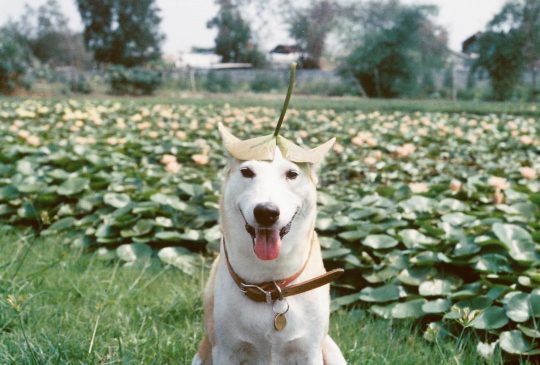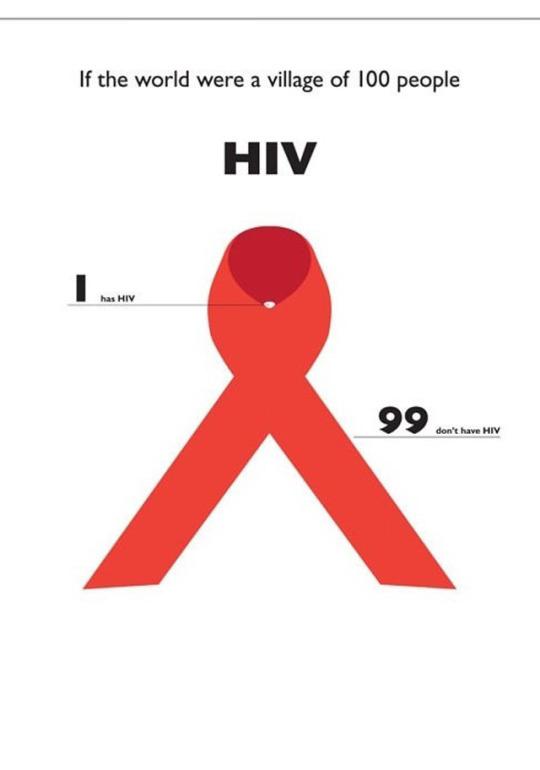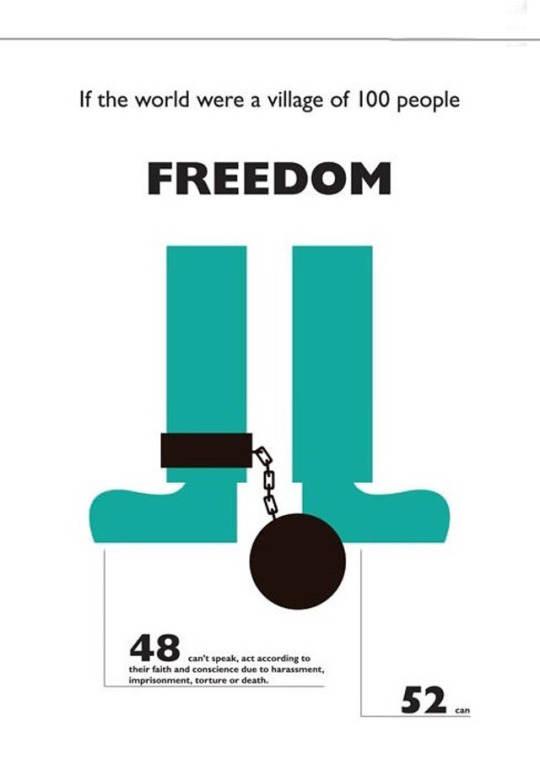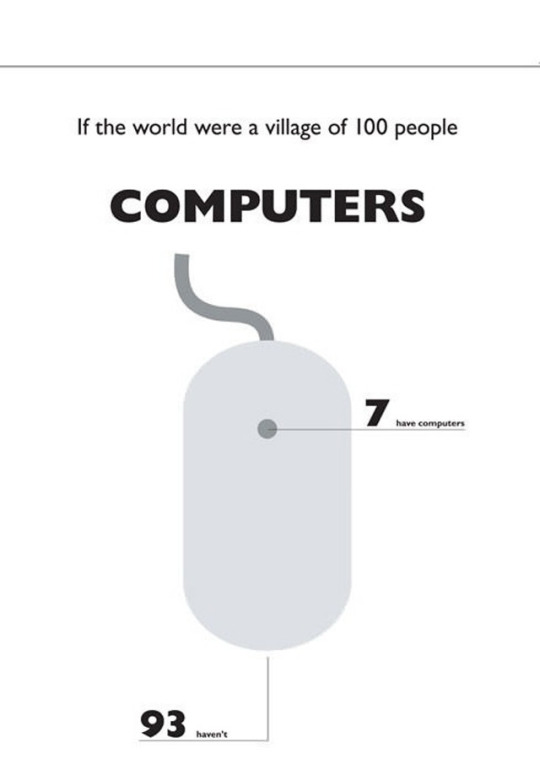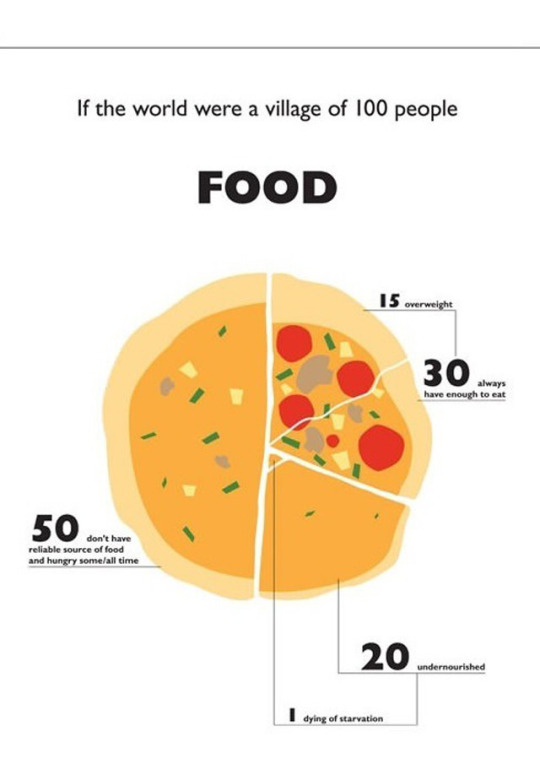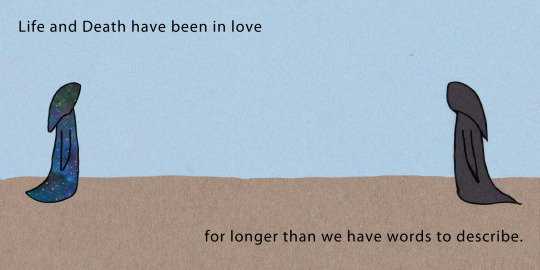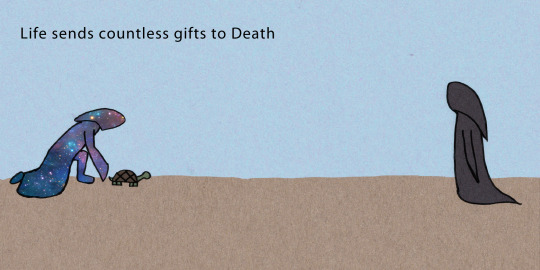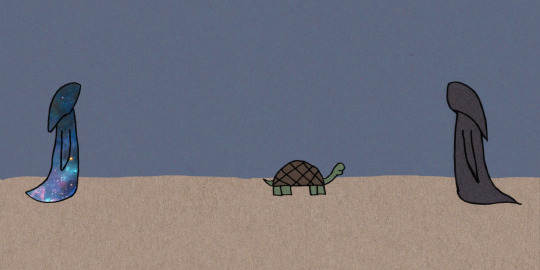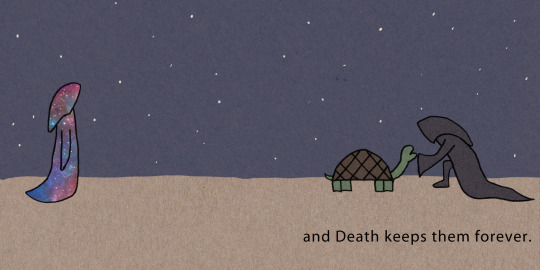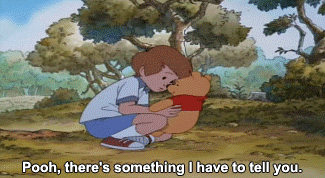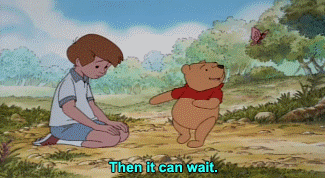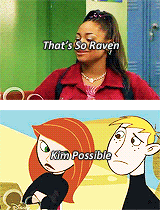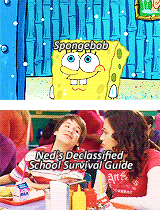Photo








All living things, from complex mammals to single-celled organisms, instinctively respond to danger. Expose a bacterium to a toxic chemical, and it will flee. Or deploy some other defense mechanism.We’re very much the same. When we encounter danger, our hearts start pounding. Our palms start to sweat. These are the signs of the physical and emotional state we call… fear.
393 notes
·
View notes
Audio
#lofi#hiphop#lofihiphop
0 notes
Photo

Người ấy mà, qua độ tuổi 20 rồi, ông trời sẽ làm phép trừ với bạn. Lấy bớt đi của bạn một vài người bạn, lấy bớt đi của bạn một vài ước mơ. Có những người sẽ đường chia đôi ngả với bạn, các bạn có thể sẽ không còn gặp lại để mà cãi nhau nữa. Có thể các bạn cũng có cách để liên lạc với nhau nhưng chẳng biết liên lạc như thế nào. Có những người có thể từng gặp qua bạn rồi, chỉ là bạn không phát hiện ra thôi. Thật ra, cuộc sống suy cho cùng chính là 5 chữ: Quý trọng người trước mắt.
Tiểu Chính Thái dịch.
754 notes
·
View notes
Text
when your teacher wishes you good luck before an exam

634K notes
·
View notes
Photo

i think this is how i feel most of the time
1M notes
·
View notes
Photo






Gaga talks rape culture and victim blaming in her Times Talks interview with New York Times columnist and author, Frank Bruni
89K notes
·
View notes
Photo

Shark Culling Laws Poster
Designed by Matteo Musci
427K notes
·
View notes
Text
Focus on brainexploring, not brainstorming, to have ideas
You can stumble on more creative ideas by replacing brainstorming with an equal amount of time dedicated to simply asking questions.
Brainstorming was a creative thinking exercise which sparked in 1953. The exercise entails withholding criticism and judgement while trying to come up with many ideas in a set amount of time.
For all of the praise brainstorming has received over the last six-plus decades, it’s also gotten a lot of flack and produced many mixed results. In corporate settings, brainstorming tends to lead to groupthink and biases in possible solutions. Brainstorming on the individual leads to more of the same rather than actual, novel ideas.
In my own experience, brainstorming only occasionally leads to ideas which are both novel and valuable. More often than not it leaves me feeling unaccomplished, like I have run my brain in circles trying to find something I think should be somewhere in there, but often isn’t.
Traditional models of brainstorming cause us to lead ourselves in a direction we think is more creative but in reality is only more restrictive. Brainstorming is the process of evaluating where we think good ideas should come from rather than where they actually are likely to come from: the places we aren’t thinking of.
So I recently began experimenting with a new exercise for creative thinking, one that is less likely to lead to biases and much more likely to take myself or my thinking group to surprising places. It’s worked remarkably well for me, and it might work well for you too.
The exercise is simple: ask questions, don’t try to answer them, then ask more questions.
The more curious I get about the questions, the more surprised I am in the direction they lead me. One questions leads to another, which leads to another, which leads to another, and by the time I’m 60 questions in I’ve begun to think about my problem or project in an entirely new way.
Rather than taking our minds to where we expect ideas or solutions to be, asking questions (and questions about our questions, and so on) leads to more insights than trying to answer or find solutions to simply one or two rounds of questions.
It’s a simple enough exercise which helps avoid biased, basic thinking by forcing you to dig into the details of, and relationships between, ideas.
The next time you set aside time for brainstorming, instead see where your mind goes when you dedicate the time to constantly asking questions and nothing more. Where will it take you? What details will you stumble on? How will the details help you uncover new information? How will that information relate to other ideas you weren’t initially thinking of? How will those relative ideas unravel more details? What happens when brainstorming becomes brain-exploration?
82 notes
·
View notes






